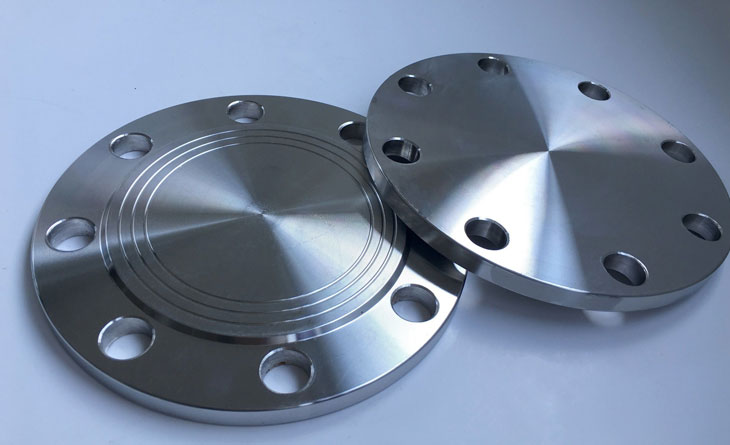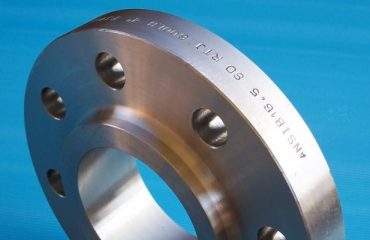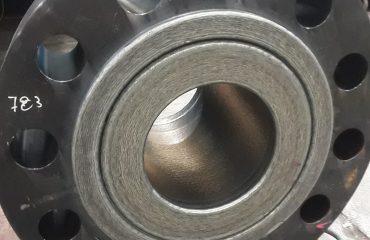
Understanding the Specifications
1. EN 10204-3.1
This part refers to the certification standard for the flange. EN 10204-3.1 is a European standard that specifies the type of inspection document issued for the product. Here’s what it means:
- 3.1 Certification: This indicates that the material has been tested and inspected by the manufacturer’s quality department. The results are documented in a certificate, which is validated by the manufacturer’s authorized inspection representative. It provides a high level of assurance about the material’s quality and compliance with specified requirements.
2. RF (Raised Face)
RF stands for Raised Face, which is a type of flange face design. Here’s why it’s important:
- Raised Face: This design features a small raised section around the bore of the flange. It’s the most common type of flange face used in process plant applications. The raised face allows for a better seal with the gasket, making it ideal for high-pressure applications.
3. ASTM A350 GR. LF2 CL1
This part specifies the material and grade of the flange. Let’s break it down:
- ASTM A350: This is a standard specification from the American Society for Testing and Materials (ASTM) for carbon and low-alloy steel forgings, requiring notch toughness testing for piping components.
- Grade LF2: This grade is specifically designed for low-temperature service. It offers good toughness and strength at sub-zero temperatures, making it suitable for cold environments.
- Class 1 (CL1): This indicates the class of the material. Class 1 typically has different mechanical properties compared to Class 2, often with a focus on impact toughness.
4. Blind Flange
Finally, the type of flange:
- Blind Flange: A blind flange is used to close the end of a piping system or a pressure vessel opening. It’s essentially a flange without a bore, and it’s used to block off a section of the pipe. Blind flanges are crucial for maintenance and inspection, allowing sections of the pipeline to be isolated.
Applications and Considerations
Blind flanges like the EN 10204-3.1 RF ASTM A350 GR. LF2 CL1 are commonly used in industries where low-temperature service is required, such as:
- Oil and Gas: For pipelines and pressure vessels operating in cold environments.
- Chemical Processing: Where low-temperature conditions are part of the process.
- Power Generation: In systems where temperature fluctuations are common.
When selecting a blind flange, it’s essential to consider factors like pressure ratings, temperature requirements, and the specific environmental conditions it will face. The combination of standards and specifications ensures that the flange will perform reliably under the intended service conditions.
So, there you have it! Each part of that specification plays a crucial role in defining the characteristics and suitability of the flange for its intended application. If you have any more questions or need further details, feel free to ask!




You must be logged in to post a comment.